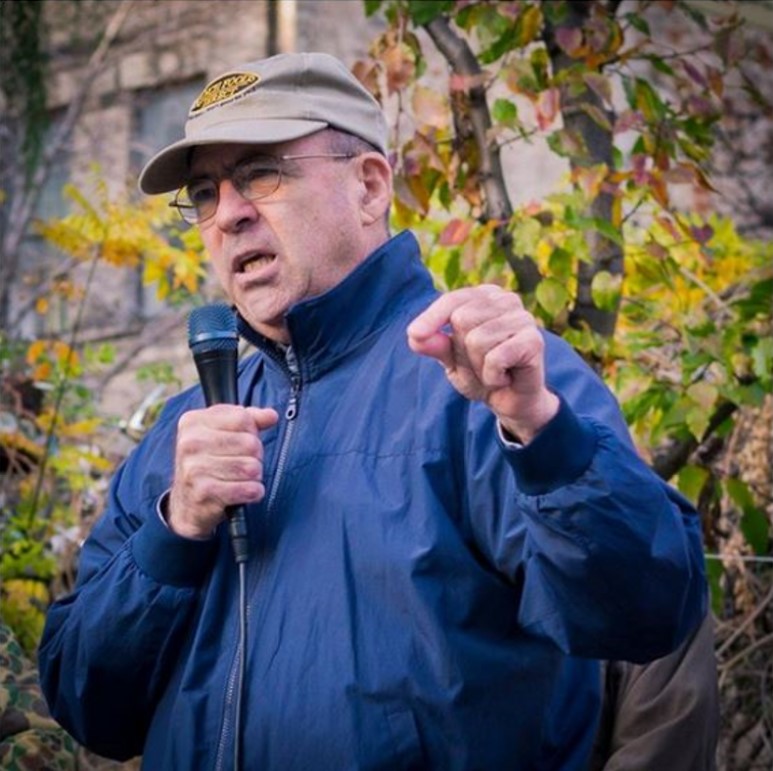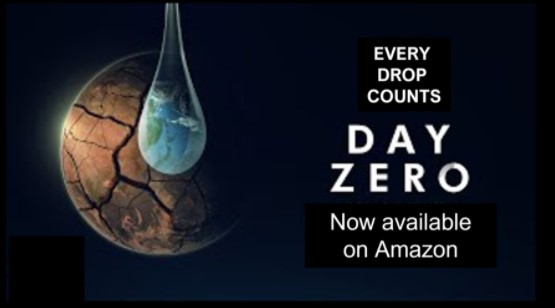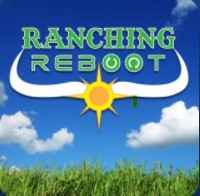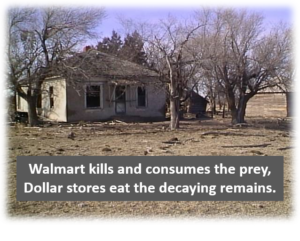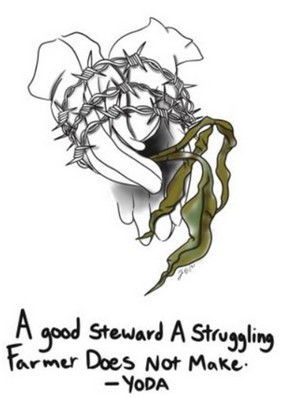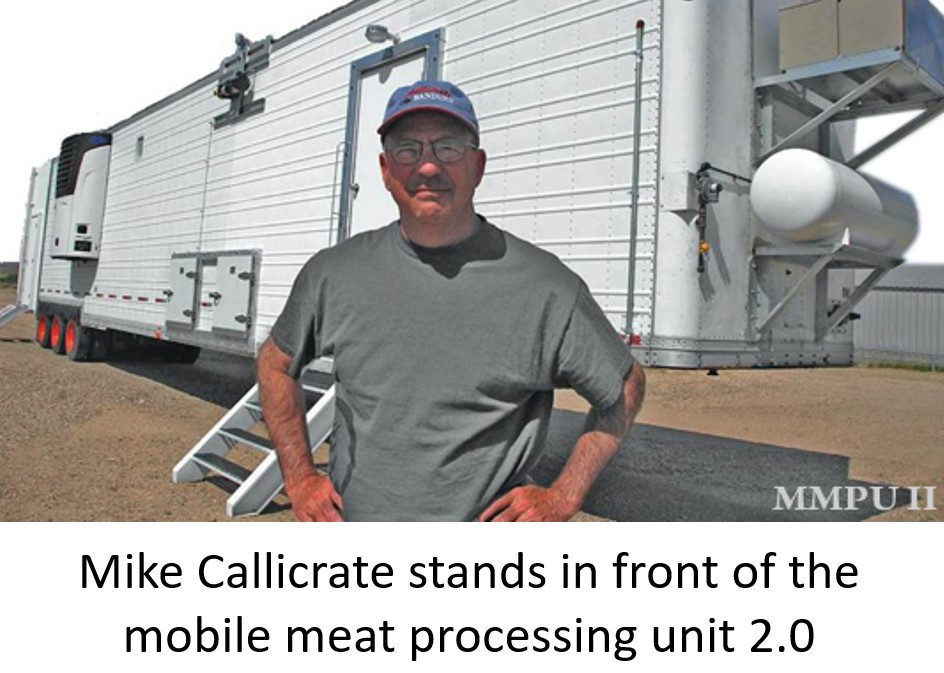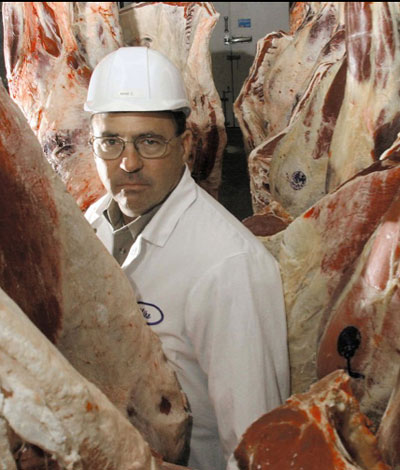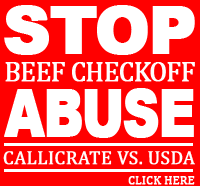September 20, 2011
By Mike Callicrate
The article in Farm Futures, “Region 7 EPA Administrator Sets Record Straight,” needs some clarification.
Author Jason Vance was mistaken in his statement, “Last year the Environmental Protection Agency inspected a feedlot in St. Francis, Kan.” The first EPA (Environmental Protection Agency) inspection of Callicrate Cattle Co. occurred this year, February 2, 2011. He follows that by saying, “The inspector discussed the findings with the operator, Mike Callicrate, and prepared a notice of violation indicating changes that needed to be made.” Again, not true. EPA inspector, Trevor Urban, talked with A.J. Jones, Callicrate Cattle Co. manager, not with me.
The inspector’s report did not mention anything about retaining water runoff from the feed production area. We were informed through the EPA Order, and essentially simultaneously in EPA’s national news release, that EPA found a violation with water runoff from the “feedstock storage area,” the site where our hay is stored.
Mr. Vance quotes Karl Brooks, EPA’s regional administrator, as saying, “The violation [Count 4] was on the basis of uncontrolled, unmanaged feedstocks that included things like distillers grain and other feeds, it did not include hay.” Contrary to the statement, there were no distillers grains in outside storage at the time of the EPA inspection. Hay and a very small pile of silage were the only commodities in the “production area” not stored under roof. There was no differentiation made between hay, which was by far the major commodity in the area, or any other feed ingredient in the production and storage area by anyone from EPA.
Why does the EPA have a problem with the 25-year-old proven design authorized by the Kansas Department of Health and Environment (KDHE) which intentionally diverts precipitation runoff away from and around our feedstocks? KDHE has made many visits to our operation over the last 25 years offering valuable help and advice. EPA shows up for the first time, without coordinating with KDHE, and all of sudden we are bombarded with a stream of vague noncompliance issues and phone calls from news reporters. EPA could have communicated and saved us all a lot of trouble and embarrassment. But, of course, the EPA news release was already written.
Mr. Brooks wrote that, “EPA cited the Callicrate operation for failure to control harmful runoff, maintain adequate manure storage capacity, keep adequate operation records, and meet the state and federal requirements of its nutrient management plan [Count 2].” Mr. Brooks’ statement about the failure to “maintain adequate manure storage capacity” is confusing. The EPA’s order refers to “waste water,” not “manure.” Unlike large industrial hog confinement operations, our cattle waste is spreadable dry manure and precipitation runoff, not liquid manure requiring storage capacity.
It is unfortunate EPA did not communicate prior to issuing the order with KDHE or Callicrate Cattle Co. about their finding that “adequate storage” for wastewater wasn’t being maintained in Retention Structure #2. Then they would have known that Retention Structure #3 is adequate for storing the overflow from #2 (we converted #2 to a presettling basin) and well exceeds the total storage requirement. Perhaps the change was overlooked and should have been recorded somewhere more obvious to EPA. A simple conversation would have resolved the issue, but, what the heck, the EPA news release was already written.
So what are the “serious environmental violations” Mr. Brooks is referring to that required a national news release threatening a $37,500 per day per violation fine, defaming Callicrate Cattle Co. and A.J Jones, and sending such an ominous message to ourselves and small producers everywhere?
Perhaps it was as Mr. Brooks stated, “EPA inspectors [there was only one] also observed slaughter wastes being stored outside in an uncontrolled area.” Again, had EPA made a simple phone call, they would have learned that KDHE worked with Mr. Jones in selecting a site they felt appropriate for our slaughter waste composting, but, why bother, the news release was already written.
Mr. Brooks said in his letter, “We have some indication of how other producers have perceived this fracas in a feedlot. Region 7’s offer to meet with Kansas cattle producers to discuss CAFO enforcement was warmly received and we will be meeting within days… Drover/Cattle Network published an article debunking the ‘hay-as-pollutant’ myth.”
A spokesman from the Region 7 EPA office called in response to my invitation to Mr. Brooks to attend a news conference on this issue at Callicrate Cattle Co. I was informed Mr. Brooks was unable to attend. I asked about Region 7’s offer to meet with Kansas cattle producers and when the opportunity would be available. He confirmed that EPA had already met with the Kansas Livestock Association (KLA) – as opposed to the Kansas Cattlemen’s Association which represents independent cattlemen.
After the news was published around the country, we received a call from a water engineer offering assistance. The engineer advised us that if we had been members of the Kansas Livestock Association, we most likely wouldn’t have seen an EPA inspector.
So after the “fracas,” it really comes down to some failures in record keeping and nutrient analysis, which my attorney quickly acknowledged and promised we would correct. It also boils down to a lack of due process, of communication between EPA, KDHE and Callicrate Cattle Co. Had anyone at EPA picked up the phone and called, the slanderous and defamatory actions against Callicrate Cattle Co. and A.J Jones could have been avoided. Had Mr. Vance with Farm Futures made a phone call to myself or A.J. Jones, he might have avoided misstating the facts. But, you guessed it, the articles were already written…
Correction: Earlier post mistakenly indicated Jason Vance was with Drovers/CattleNetwork. He is with Farm Futures.
————-
Region 7 EPA Administrator Sets Record Straight
Brooks says feedlot claims of ‘hay as a pollutant’ are false.
Jason Vance
Published: Sep 19, 2011
Last year the Environmental Protection Agency inspected a feedlot in St. Francis, Kan. That inspection disclosed some violations of the feedlot operator’s permit. The inspector discussed the findings with the operator, Mike Callicrate, and prepared a notice of violation indicating changes that needed to be made. This carries no monetary penalties, it’s just an effort to make sure that the operator understands the changes he needs to make to stay consistent with his permit. Shortly after that Callicrate began attacking EPA online, claiming they said hay was a water pollutant. EPA Region 7 Administrator Karl Brooks says it’s important to stick to the facts and they felt like they needed to set the record straight.
“The violation was on the basis of uncontrolled, unmanaged feedstocks that included things like distillers grain and other feeds, it did not include hay,” Brooks said. “Nothing in the notice of violation, nothing in our communications with Callicrate, and nothing in release of the announcement of the violation said he was being notified because he had hay improperly stored. It was distillers grain, silage and other feeds that leech water pollutant.”
Brooks says that while everyone is entitled to their own opinion whether it’s about EPA or anything else, you are not entitled to your own facts.
“We wanted to be sure that we shared with farmers and ranchers the facts about our inspection of the Callicrate feedyard, the facts about the conversations we had with management, the facts about the notice of violation,” Brooks said. “And especially to take on this myth that Mr. Callicrate is promoting that EPA noticed him for violations because of hay. That is not factual, it is wrong, it is incorrect and really it’s kind of inflammatory.”
Brooks says responsible agriculture media and agricultural organizations did the right thing by contacting EPA when Callicrate began spinning this story and asking for the facts. He says by sharing the true facts their perceptions and conclusions about the situation has been very good.
“While EPA is not exactly the most popular federal agency out on the farm and ranch, in this case EPA was doing what the law required us to do,” Brooks said. “And that Mr. Callicrate was engaging in unnecessary and inflammatory misstatements.”
According to Brooks, Callicrate’s legal team recognized immediately that changes needed to be made at the feedlot, contacted EPA and told them that the inspector had found violations that warranted the notice, and that their client would make those changes. He says that was very important to EPA as all they are trying to do is make sure that a permitted operation complies with the permit.
“At a time when it’s even more important for everyone involved in environmental protection, farming and ranching to deal on the basis of facts and law and have our disagreements in a civil, respectful way,” Brooks said. “This was one that we just needed to try to push back on from the start because it was not based on fact, it was argumentative and in a lot of ways incorrect.”
If you would like to read a column Brooks authored on the situation, click HERE.
—————-
EPA Never Said Hay is a Pollutant
By Karl Brooks, EPA Region 7 Administrator
A Kansas feedlot operator is trying to make hay by falsely claiming that EPA defined hay as a water pollutant.
The owner of the Callicrate Feeding Company has been spinning a “hay-as-pollutant” myth through the blogosphere for a couple of weeks now. While the company is certainly entitled to its own opinions about EPA, the company is not entitled to its own set of facts.
Here are the facts. On August 15, EPA’s Region 7, which includes Kansas, Missouri, Iowa, Nebraska and nine tribal nations, took action to correct several serious environmental violations at the Callicrate Feeding Company in St. Francis, Kansas. EPA found water permit violations at Callicrate’s operation that needed to be addressed. The compliance order was not based on hay. Nor would EPA have issued such an action based on hay.
To be clear: The order had nothing to do with hay. At no place in the 11-page order is the word “hay” mentioned. Nor is there mention of alfalfa or grass.
EPA cited the Callicrate operation for failure to control harmful runoff, maintain adequate manure storage capacity, keep adequate operation records, and meet the state and federal requirements of its nutrient management plan. Compliance Order (PDF) (11 pp., 1.5MB, About PDF)
EPA inspectors observed silage, and dried distillers grains within the uncontrolled feedstock storage area.
When stored inappropriately, the silage and grains can turn into a liquid material that contains contaminants detrimental to water quality. EPA inspectors also observed slaughter wastes being stored outside in an uncontrolled area. The EPA order was based on those contaminants and the other violations mentioned above.
The Callicrate facility is permitted by the State of Kansas for a capacity of 12,000 head of beef cattle and had 3,200 head at the time of the inspection. Under EPA definitions, 1,000 head of beef is considered a large Concentrated Animal Feeding Operation (CAFO). This is not a small operation. The permitted capacity puts the company in the top five percent of the largest animal feeding operations in Region 7.
This action by EPA was issued to correct problems. Less than two weeks after the order was issued, Callicrate’s attorney informed us that the company had already taken action to address the problems identified in EPA’s order.
We have some indication of how other producers have perceived this fracas in a feedlot. Region 7’s offer to meet with Kansas cattle producers to discuss CAFO enforcement was warmly received and we will be meeting within days. Drover/Cattle Network published an article debunking the “hay-as-pollutant” myth.
As that article concludes: “But as the industry confronts and negotiates these genuine regulatory issues, R-CALF’s claim that ‘EPA declares hay a pollutant to antagonize small and mid-sized U.S. cattle feeders’ is unnecessary, inflammatory hyperbole.”
Brooks is administrator for U.S. EPA Region 7 that includes Kansas, Missouri, Iowa, Nebraska and nine tribal
—————-
Subscribe to nobullmikecall.wpengine.com listserve







